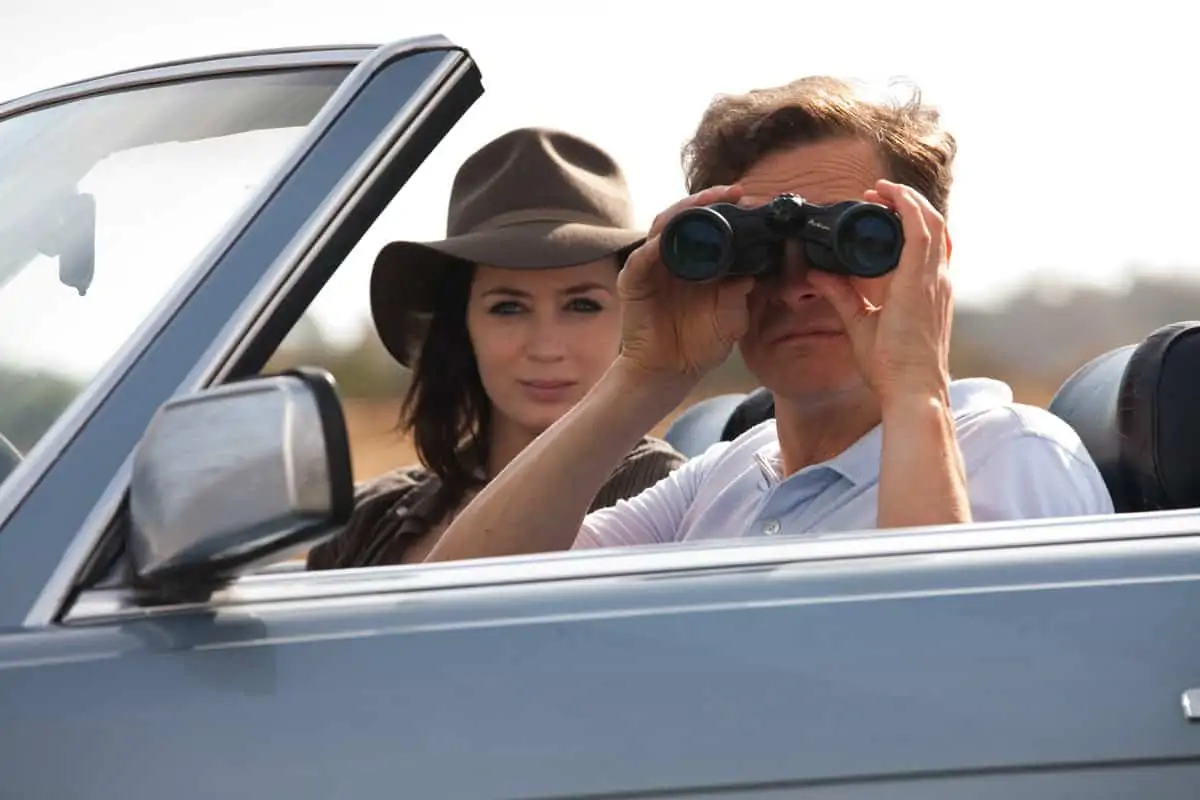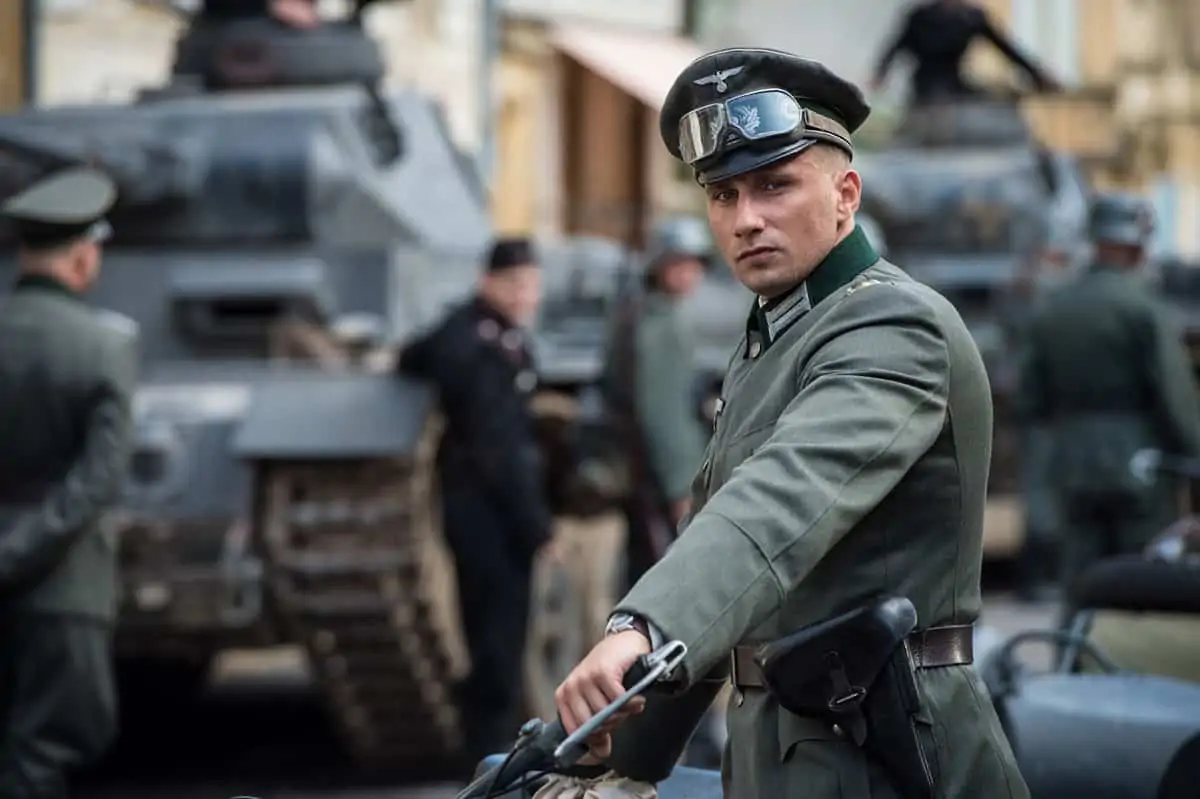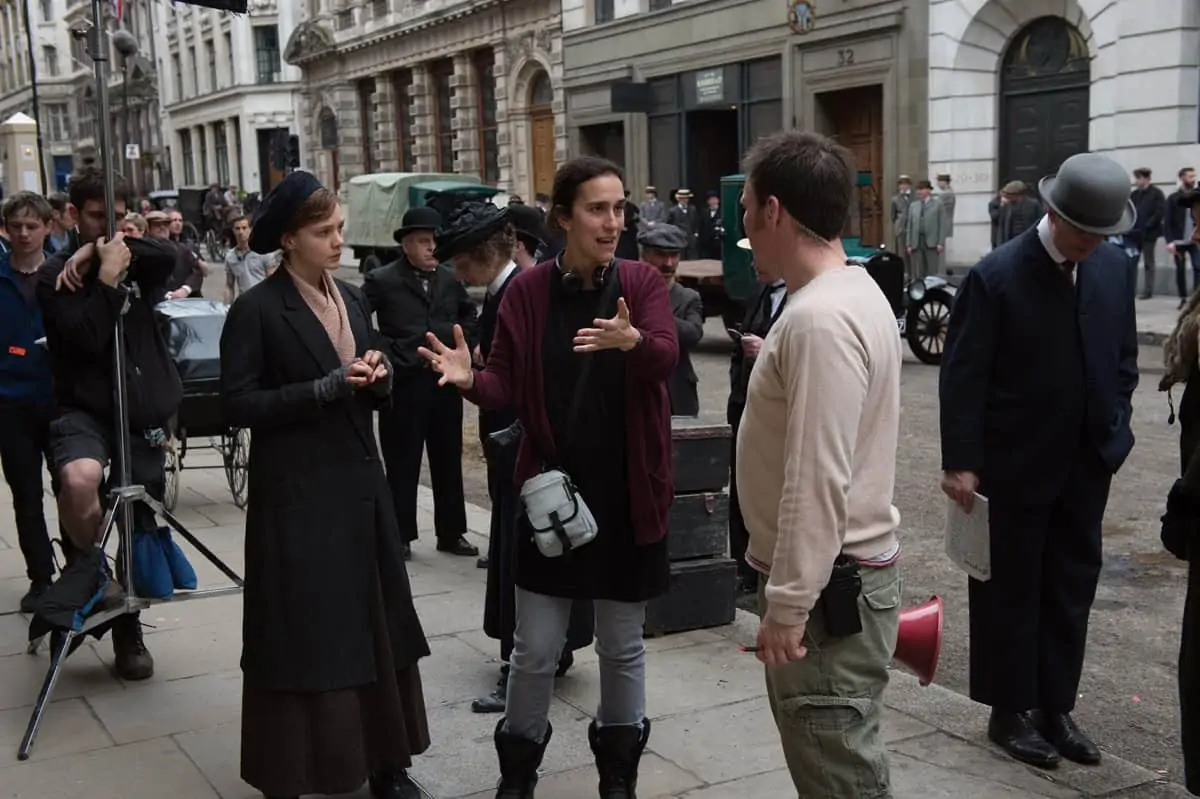Extreme precision
Edu Grau / Buried
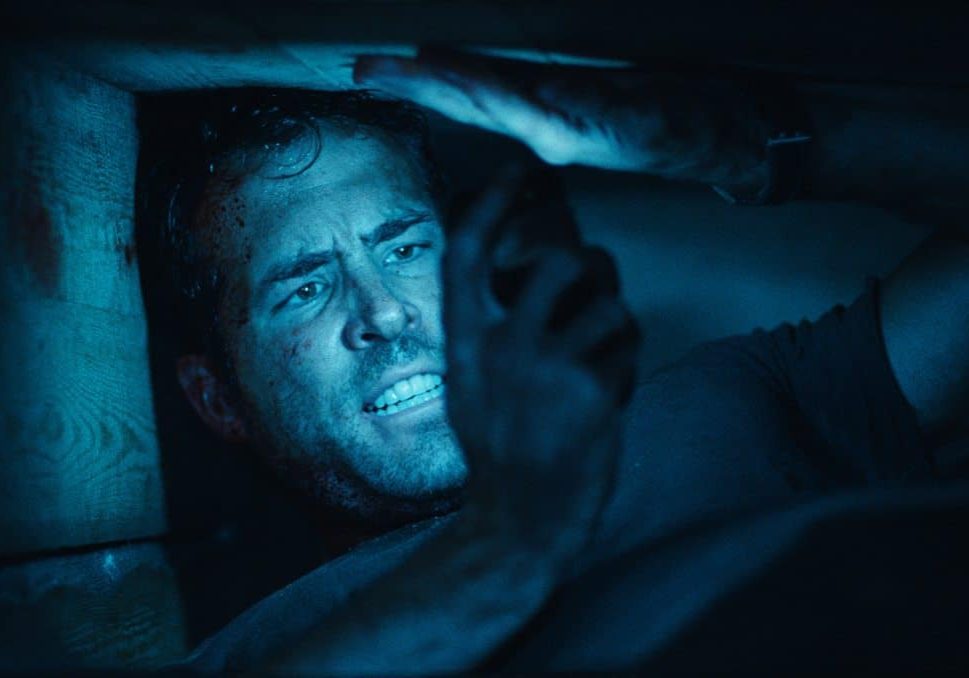
Extreme precision
Edu Grau / Buried
BY: Ron Prince
It's hard to imagine that a 110-minute film based completely around a man buried alive in a coffin would keep the attention of audiences for the entirety of its duration. But Buried not only succeeds in doing this, it's also one of the most inventive and effective thrillers of the year.
Buried's plot concerns Paul Conroy (Ryan Reynolds), an American working in Iraq as a truck driver, when his convoy is attacked by Iraqi insurgents. The attack is the last thing he remembers, until he wakes up to finds himself buried in a wooden coffin, with just a lighter and mobile phone.
What follows is a taut, suspenseful fight for survival, as Conroy attempts to free himself from his claustrophobic imprisonment, whilst uncovering the circumstances that have led to his incarceration.
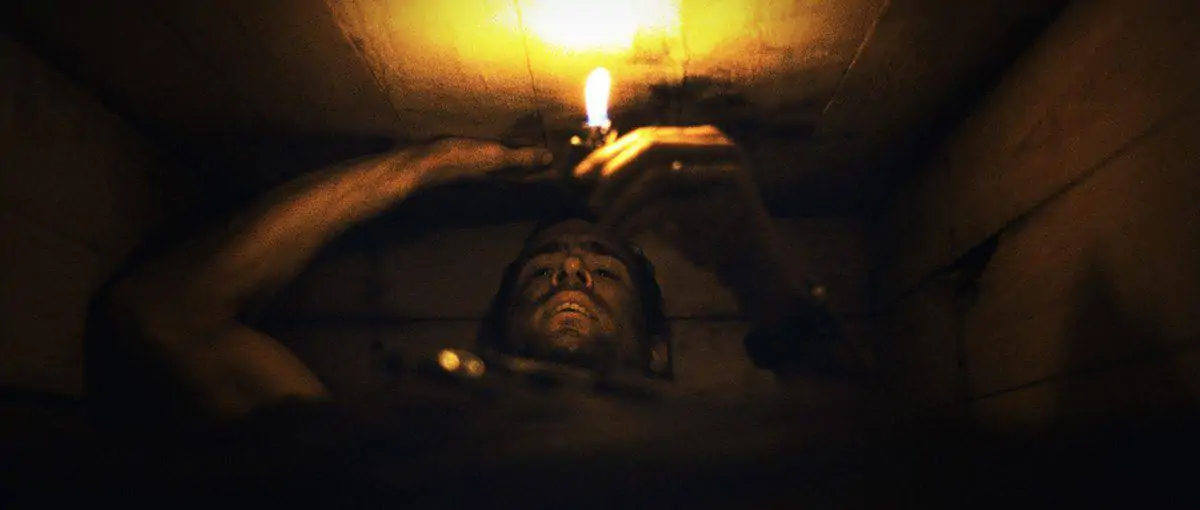
In a film where the setting literally never changes, the onus fells on the lead actor to portray the increasingly desperate truck driver who experiences the full gamut of emotions, and the cinematographer to keep the visuals compelling. Under the direction of Rodrigo Cortes, DP Eduard Grau (A Single Man) used creative camera angles and lighting to fully convey the claustrophobic reality of the situation.
"Rodrigo is a talented director, and after I read the script I thought, 'Wow, what sort of guts does it take to do a film like this?' It was just so unimaginable, and weird, to think I would have to a shoot whole film inside a 2m x .0.5 x .05m space. But, if you don't take risks, you don't get things back," says Grau. "I think the result is an environment that has a stifling sense of oppression. But working out how to hold the movie through it's duration, with the action taking place inside a coffin was a major challenge. How to keep saying something different with the lighting, how to keep the images interesting with a style and rhythm?"
Buried, a 3perf production with an estimated £3m budget, was shot over the course of three weeks during August 2009 in Barcelona at Imagina Studios. Working closely with the director, who also edited the film, was essential.
"Rodrigo and I were very clear from the outset that we were not going to repeat shots, that we needed to keep changing the imagery, to keep making the visuals look different. For example, we didn't want to keep going to the same close up," he says.
"I also wanted to have two qualities for the image – one, an organic rawness, where you can feel the dust, sweat, pain, darkness and sheer asphyxiation of a man who is part of the desert, and secondly, a certain Indiana Jones action/adventure dynamism, that keeps the audience on the edge of their seats. The overall plan was to keep images thrilling and not get arty farty."
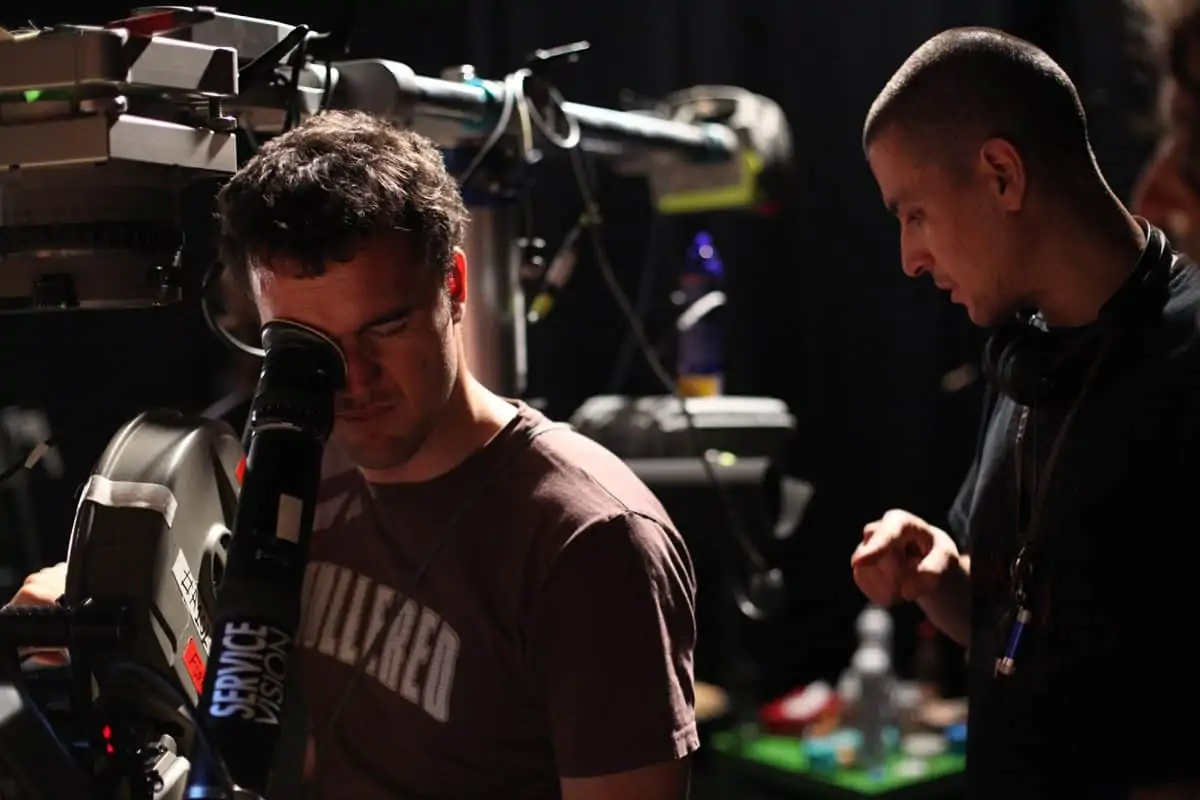
Grau deployed two cameras for the shoot – a Moviecam compact for the mainstay of the production, plus a 535 as a B camera, operated by Pau Esteve, to give additional options during the edit, and for shooting inserts and details such as the wooden interior of the coffin. The cameras were mounted on Panther dollies for most of the shoot, always with subtle manipulations to give a continual sense of movement.
"In terms of the overall strategy, the film starts with static shots, with straight lines and angles inside the coffin," says Grau, "but the camera gradually moves in and looks for new and different angles as the story goes through moments of calm and claustrophobia. We often ended up in handheld mode though, during moments when the tension really racked up high, when we feel the pain and suffering of Paul Conroy."
To heighten the sense of entrapment for the audience, Grau also designed two camera moves, the first a slow 180 degree head-to-toe move around the top side of the coffin bringing the woodgrain into excruciating close-up, the other a 720 degree spin with Conroy's feet at the centre of the image.
Obviously, light sources are fundamental to the cinematographer's art, so how did Grau go about lighting the production? "I have to say that from my point of view, Rodrigo did great job in introducing changes of light into the script using a variety of different gadgets. We had a script marked in colours for the different sources – the zippo lighter, orange; the mobile phone, blue; the fluorescent tubes, green; and the torch, yellow – which turned out to be a great reference for us," he says.
"I tried to keep the lighting as organic, minimal and contained as possible; to always use just the actual source, such as the zippo or the mobile phone, or to add light that matched the source – but I never used more lights than there were supposed to be in the scripted scene," he says. "However, that said, I did have to do some cheating to recreate lights at moments in the movie when we see the action from Conroy's POV. For example, when he discovers there's a snake in the coffin too, I had to light the end of the coffin with a light that emulated the zippo lighter."
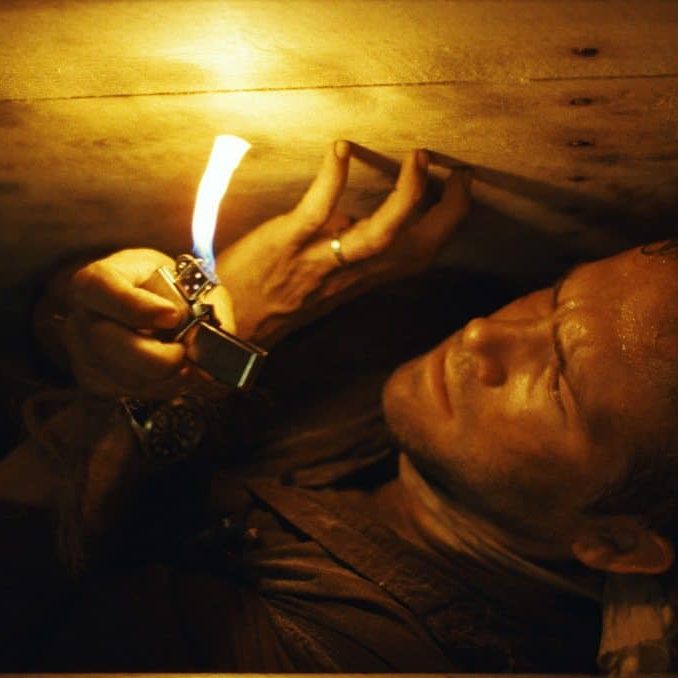
"It was just so unimaginable, and weird, to think I would have to a shoot whole film inside a 2m x .0.5 x .05m space. But, if you don't take risks, you don't get things back."
- Edu Grau
Grau used one film stock for the whole movie, Kodak Vision2 5260, 500T, pushed by one stop. "We liked the palette and the grain texture of the stock during tests we shot. The images have more intensity and punch than 5219, resulting in a more powerful, saturated image with nice colour definition. We needed the 500 rating for obvious reasons, but pushing one stop gave more grain, colour and contrast."
Grau says he tested a lot of lenses, but settled on an old set of 1.3 Zeiss Super speeds, not just because they were fast, but also because these gave him a quality of sharpness to image, yet with raw and playful flares that added to the imagery.
Although the film contains plenty of wide shots, the majority of the visuals were composed around the actor's face, more often than not in extreme close up. "These gave a very shallow depth-of-field, and my focus pullers Oriol Busquets and Pau Reig suffered quite a lot because of me," he admits.
"I have to say that continuity was really difficult, as the images cut continually from Ryan's face to Ryans face, so we had to be extremely well organised and continually log shots I great detail as we were shooting," he says.
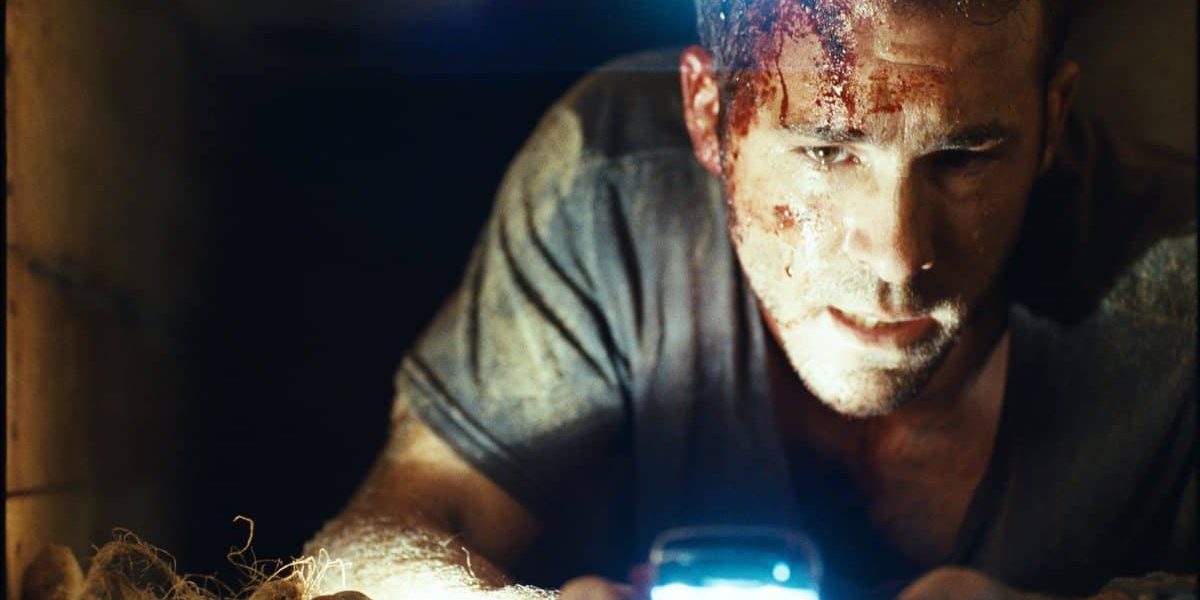
"Overall, Buried is a work of extreme precision," Grau says. "It's only when I watch it on the screen now, that I realise how hard and intense it was to shoot – the positioning of the camera to keep the visuals interesting, the different lighting set-ups and the continuity. So many elements that needed precision, more so that on any other film I have done."
